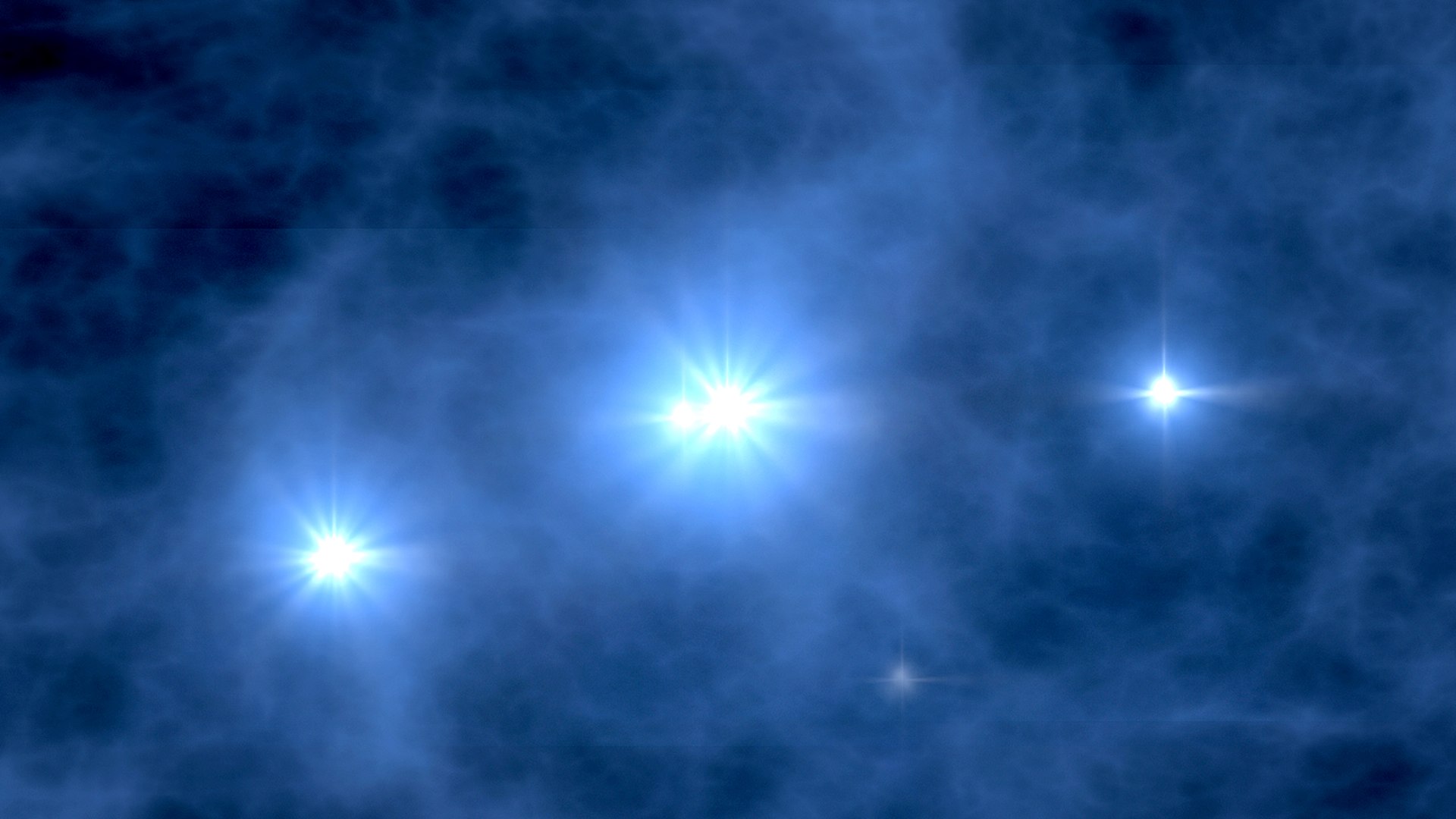Cosmic rays are a fascinating and potentially hazardous phenomenon. These high-energy particles typically consist of protons that have been stripped of their electrons and accelerated to nearly the speed of light. When these rays collide with Earth’s atmosphere, an enormous amount of secondary particles known as an “air shower” results. Ordinarily, these showers are a source of frustration for astronomers since they leave “tracks” on telescope images that obscure the celestial objects (asteroids, stars, galaxies, exoplanets, etc.) being observed.
However, a research team from the National Astronomical Observatory of Japan (NAOJ) and Osaka Metropolitan University has found a new application for these energetic particles. Using a novel method, they could observe these extensive cosmic-ray air showers with unprecedented precision. The key to their method is the Subaru Prime Focus Camera (Suprime-Cam) mounted on the Subaru Telescope atop the Mauna Kea volcano in Hawaii. This method and the team’s findings could provide a new method for studying the Universe’s most energetic particles.
Continue reading “Air Showers Ruin Astrophotos, but They Could be a New Method for Studying the Universe”

